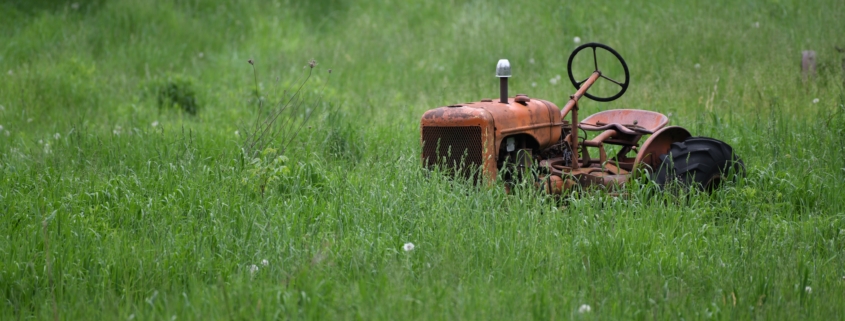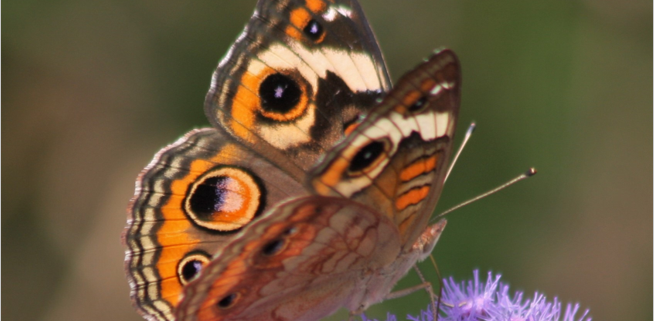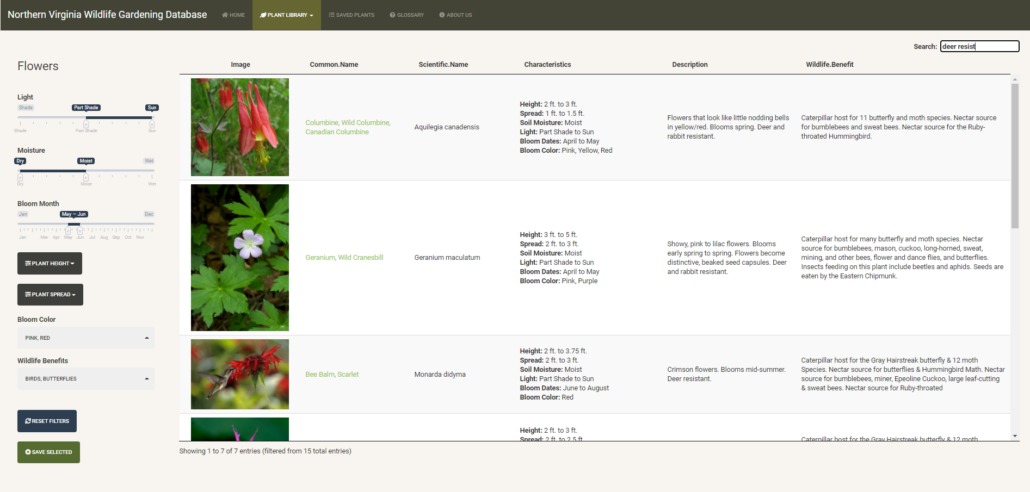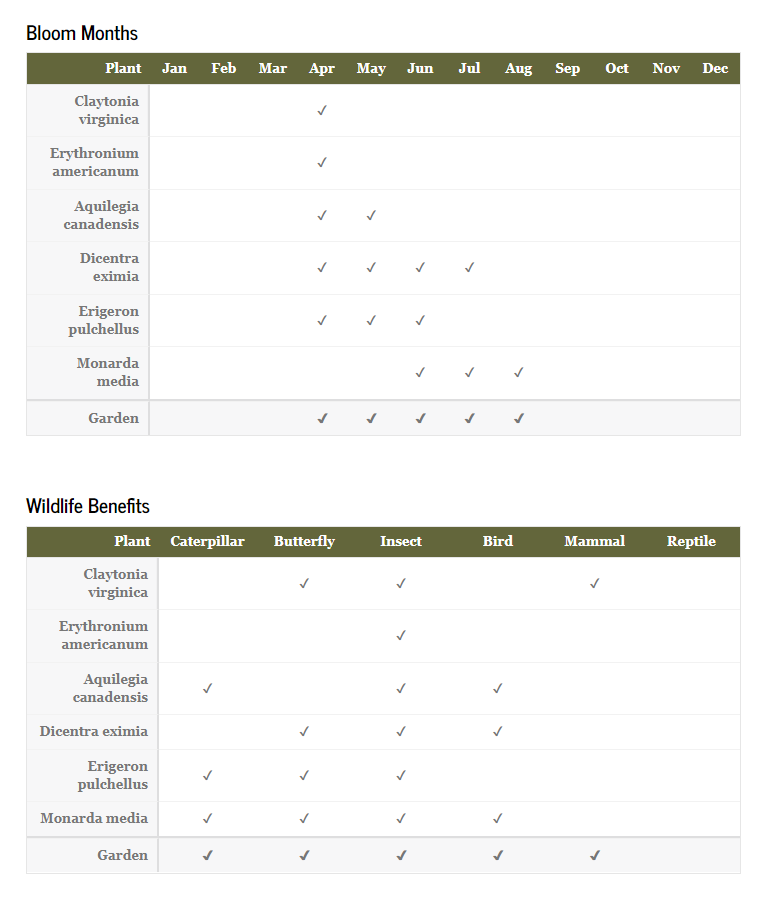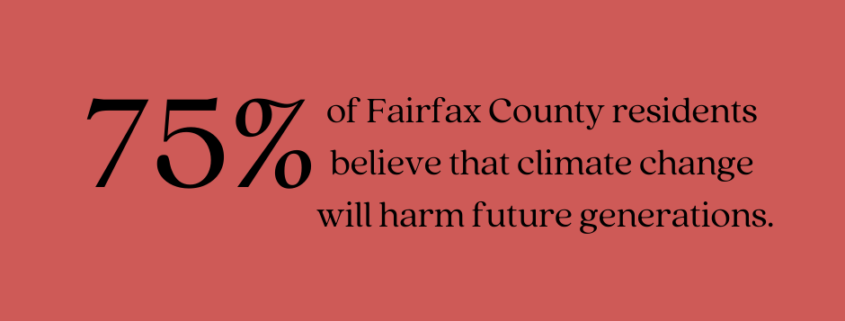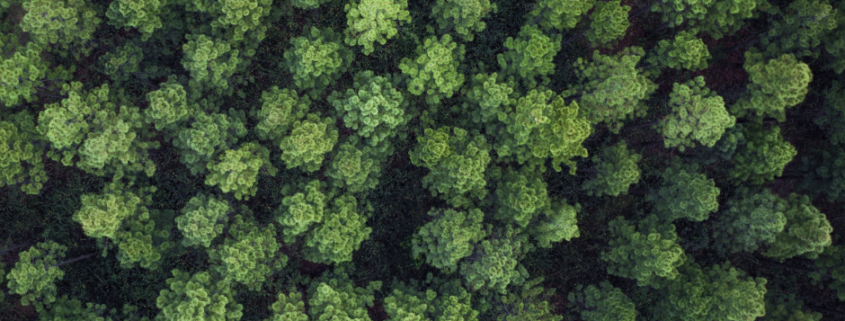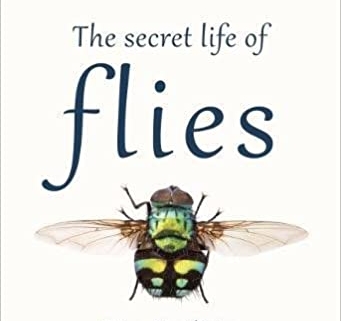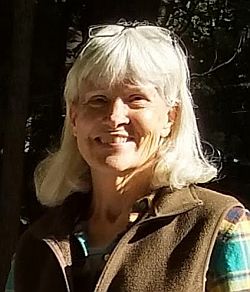Mow Less, Grow More webinar, March 7th
Photo by Eliza Diamond on Unsplash
Sunday, March 7, 2021
2 – 3:30 pm
Register here.
The Friends of Mason Neck State Park will host a special program, “Mow Less, Grow More.” Their speaker will be Tami Sheiffer, the coordinator of Fairfax County Park Authority’s “Watch the Green Grow” education and outreach initiative.
Learn how you can protect neighboring parks and natural habitat through your yard care by mowing less and growing more. Tami will discuss how to use native plants to expand wildlife corridors and stream buffers as well as help solve landscaping problems such as areas of erosion or poor drainage where grass will not grow.
The program is free, thanks to the generosity of the members and donors of the Friends of Mason Neck State Park. Registration is required, so they can send you the Zoom link for the program.


